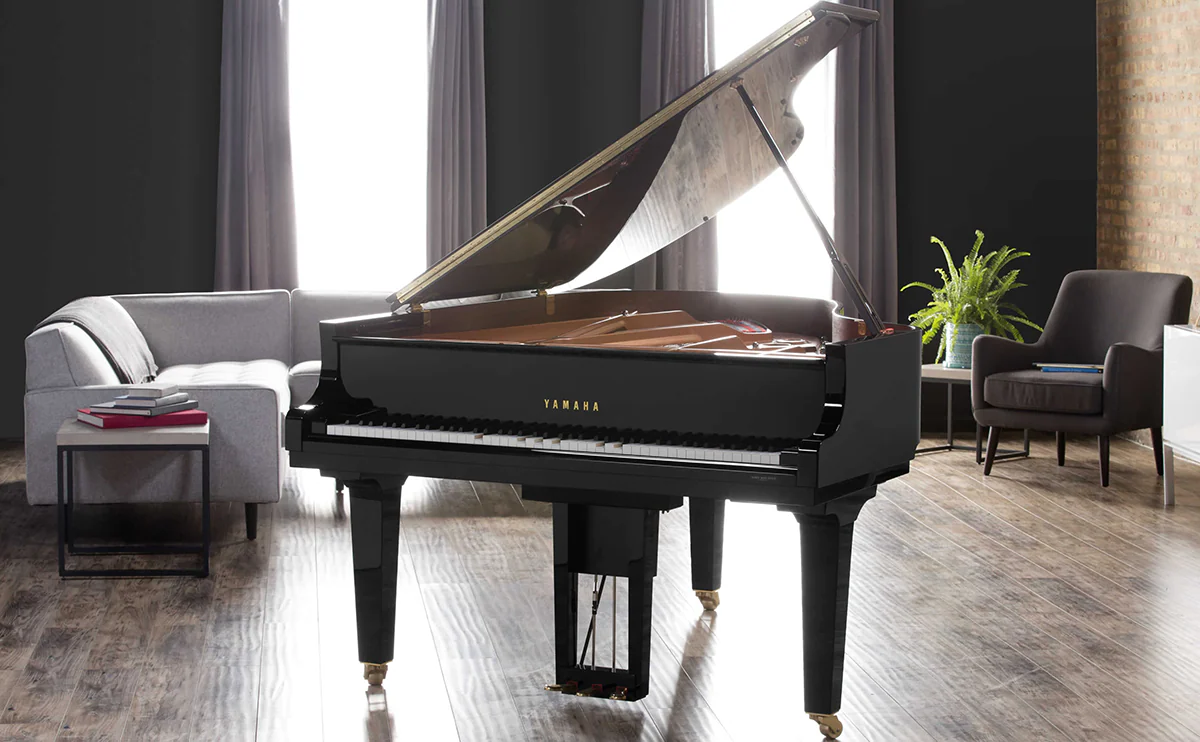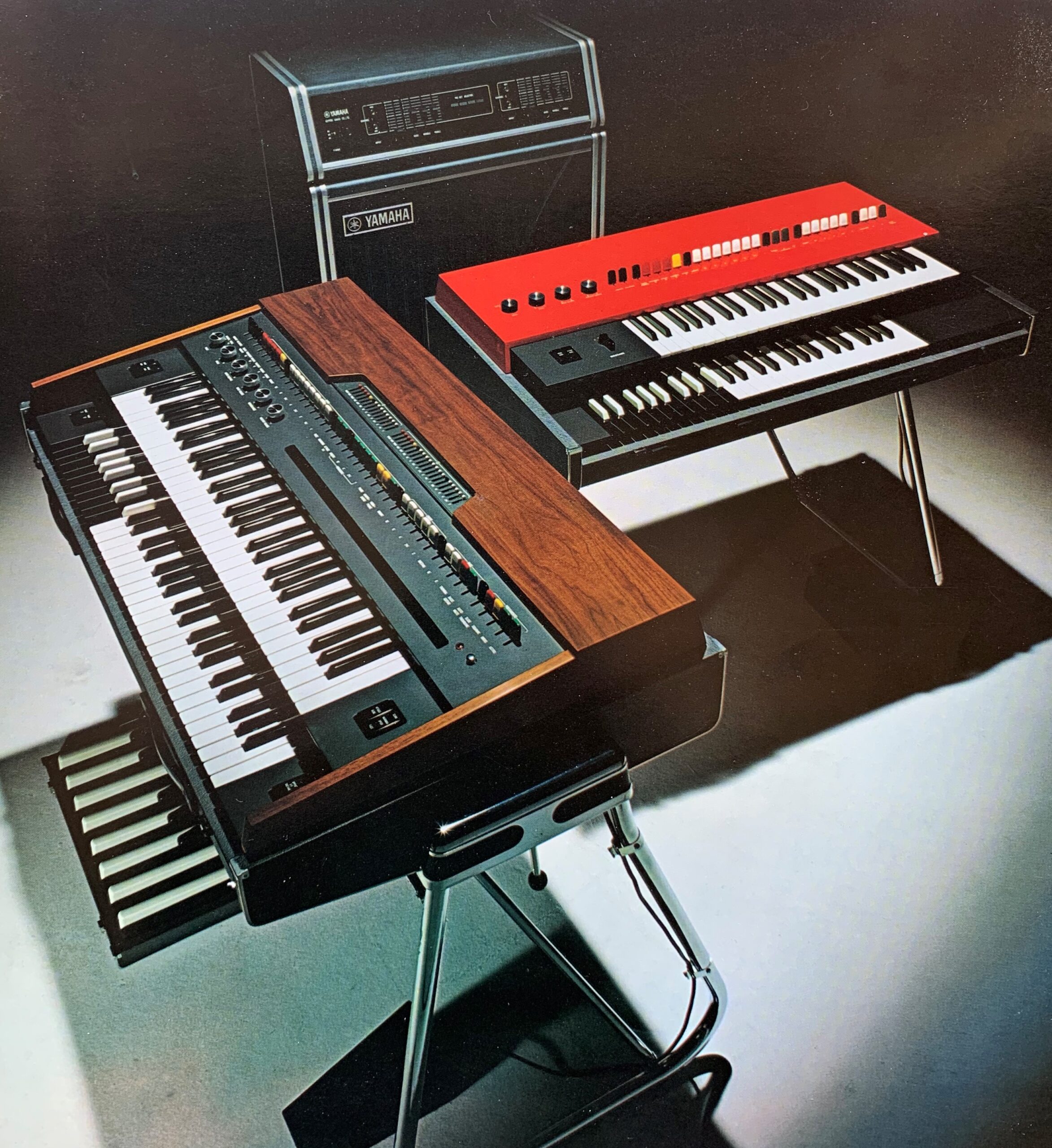Is piano a percussion instrument or a string instrument? This is a question that has sparked many debates among musicians and music enthusiasts. Some argue it belongs to the percussion family due to its use of hammers to produce sound, while others believe it should be classified as a string instrument because of its strings and soundboard. Today, I want to settle this debate once and for all by exploring both sides and revealing the surprising truth about where the piano truly belongs in the world of music.
Whether you’re an aspiring pianist or just curious about how instruments are categorized, stick around till the end for a comprehensive answer that will leave you with new knowledge and appreciation for this beautiful musical instrument. So let’s get started on our musical journey together!
So, is piano percussion or strings?
While the piano may be commonly associated with strings due to its use of hammers striking strings to produce sound, it also falls under the category of percussion instruments. This is because the keys on a piano are considered to be part of a larger percussion family known as “keyboard percussion” which includes other instruments such as marimbas and xylophones.
However, some may argue that the piano leans more towards being a string instrument due to its ability to sustain notes and create melodic lines like traditional stringed instruments. In fact, many pianists study techniques used by string players in order to achieve a more expressive and nuanced sound.
Ultimately, it can be said that the piano is a unique hybrid instrument that incorporates elements from both strings and percussion families. Its versatility and wide range of sounds make it an essential instrument in various genres of music, making it difficult to categorize into just one group. So next time you hear someone debating whether the piano is a percussion or string instrument, you can confidently say that it’s both!
Understanding the Classification of Musical Instruments
Let’s dive into the fascinating world of music and unearth the way we classify musical instruments. These beautiful tools that create melodious sounds can be grouped into different categories, each with unique characteristics. The system used for classification is called the Sachs-Hornbostel system, named after two eminent ethnomusicologists who developed it in the early 20th century.
The Sachs-Hornbostel scheme divides all instruments into four main groups: idiophones, membranophones, chordophones and aerophones.
- Idiophones: These are instruments where the body itself vibrates to produce sound. Examples include bells, cymbals or maracas.
- Membranophones: Instruments that produce sound by a vibrating stretched membrane fall under this category. Drums are quintessential members of this group.
- Chordophanes: In these instrument types, it’s primarily strings that vibrate to generate music notes. Guitars or violins fit perfectly here.
- Aerophone:Instruments where air flow produces vibrations such as flutes or trumpets belong to this class.
Our exploration doesn’t end here! There’s a fifth category named electrophones which was later added to accommodate electronic instruments like synthesizers.
Now jump onto understanding how these classes function in unison when crafting harmonies in an orchestra ensemble for instance. Each instrument brings its own flavor and texture depending on its nature within these classifications – illustrating just how crucial their differences are in creating rich and diverse melodies.
The beauty lies not only within their individual sounds but also in how they interact with each other; stringed chordaphones weaving silky threads of melody around resonant drumbeats from membranophone, while the crisp notes of an idiophone punctuate the air and airy whistles from aerophones float above it all. It’s like a painter using different types of brushes or colors to create a masterpiece – each instrument contributes its unique touch to create a symphony that moves hearts and souls.
The Mechanism behind Piano Sounds: An Exploration of Hammers and Strings
The magic of a piano’s melodious tones lies hidden in its complicated yet beautifully designed interior. The orchestra within each piano begins with the touch of a pianist’s fingertips on the keys – this is where our exploration starts. When you press down on a key, it sets off an intricate chain reaction inside the instrument; it activates a lever that propels a small felt-covered hammer towards tautly strung wires. This might sound quite simple, but the complexity involved is truly mesmerizing.
The true beauty and charm of these sounds come from their source – the strings. Each string is carefully crafted to produce a specific pitch when struck by its corresponding hammer. Here are some interesting facts about them:
- The lower notes have thicker strings or sometimes multiple strings, to create those deep resonating sounds.
- The higher pitched keys make use of thinner, single wires that vibrate faster to give us those crystal-clear treble notes.
- Pianos usually have over 200 strings, which means more than 200 individual hammers waiting for their chance to dance!
In essence: every time you play a note on your piano or hear someone else playing, remember there’s an entire symphony happening just beneath those polished wooden surfaces – an eloquent ballet between hammers and strings all choreographed skillfully by this wonderful mechanism.
Read also: is piano percussion or strings
Arguments for Classifying Piano as a Percussion Instrument
The debate over whether the piano should be classified as a percussion instrument is one that has been ongoing for years. Technically speaking, the sound generated by a piano comes from hammers hitting strings, which essentially classifies it as a percussive instrument, akin to drums or xylophones. This mechanism of producing sound is what differs significantly from other stringed instruments like violins or guitars where the strings are either plucked or bowed to vibrate and produce musical notes.
In addition, when we examine how pianists interact with their instrument, we can see further similarities with percussion playing techniques. Unlike string players who must master bowing techniques or wind players who require breath control skills, pianists predominantly use their fingers and hands in striking motions – quite similar indeed to drummers!
Therefore,
- The piano’s mechanical operation involves striking keys,
- The player’s physical interaction bears resemblance to that of playing drums.
Both these aspects underscore why there’s considerable merit in considering the piano as part of the percussion family. But remember – while these arguments hold sway, it’s crucial also to understand that music classification isn’t black-and-white but rather incorporates many shades of grey due its richly diverse nature.
 is piano percussion or strings
is piano percussion or strings
Why Some Believe the Piano is Primarily a String Instrument
Why Some Believe the Piano is Primarily a String Instrument
Have you ever taken a peek inside your piano? If so, then you’d know that there’s a whole symphony of strings in there. That’s right! A typical piano has an astonishing number of strings; up to 230, each one vibrating when struck by hammers to produce sound. This makes it more akin to a violin or guitar than the drums or xylophone, leaving some folks adamant about classifying the piano as primarily a string instrument.
The sound that escapes from your fingers striking those glossy black and white keys all starts with coiled wire springs known as “piano strings”. When these are hit by felt-tipped hammers – instigated by your pressing on the keys – they vibrate at different frequencies creating diverse pitches and tones. To amplify this delicate resonance, these vibrations transfer into something called a ‘soundboard’.
- The lower notes: These use thicker strings which make slower vibrations for deeper sounds.
- The higher notes: Here, thinner wires snap back faster making sharper pitches.
So while those ivories do play their part in giving us control over rhythm and volume (earning pianos their spot under ‘percussion’ too), it’s clear how central strings are to what makes pianos sing so sweetly. With such crucial roles played by its many wired wonders within, isn’t it fair enough for some music enthusiasts to argue that indeed we should think of the piano fundamentally as a string instrument?
You may also like: ju109 yamaha piano price
Conclusion: Resolving the Debate – Is Piano a Percussion or String Instrument?
After much discussion and debate, we finally come to a conclusion on whether piano is a percussion or string instrument. In its anatomy, the piano carries characteristics of both categories as it features strings that produce sound when struck by hammers. The instruments’ classification hinges on its mode of operation rather than the type of sound-producing material.
The piano is indeed a percussion instrument. This is because the sound produced in a piano comes from hammers hitting strings. Therefore, despite having strings, their vibration alone does not create music without being struck; thus aligning itself with other percussion instruments like drums and xylophones where mallets similarly strike surfaces.
In addition to this defining feature:
- The player interacts with the keyboard – similar to how one engages with other percussive elements.
- The use of pedals for sustain and dynamics also mirrors foot-operated components common in many percussion setups.
However, it’s important not to dismiss ‘piano’ as purely percussive given its unique hybrid nature; it’s worth noting that mastery involves skills typical in both stringed and percussed domains.
Conversely, while pianos may share some traits with stringed instruments such as guitars or violins (like fine-tuning using keys), they essentially remain fundamentally different concerning generating sounds: String instruments rely primarily upon plucking or bowing for resonance whereas pianos necessitate hammer strikes.
In summing up our exploration about pianos’ correct classification: They showcase an intriguing blend which culminates into something delightfully distinct – yet if forced to pick sides between ‘String’ versus ‘Percussion’, evidence leans decidedly towards Team Percussion!

